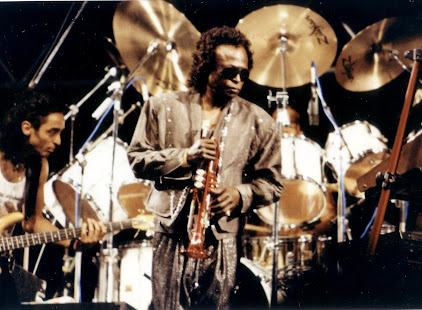Returning Stolen Art
The art, culture and literature of a country are an integral part of its identity and sense of nationhood. Whether it is the poems of Rabindranath Tagore and their links to the Indian independence movement, the role played by Alexander Pushkin’s writings in the development of a nationalist spirit in Russia, or Italy’s preservation of Ancient Roman architecture as a part of the country’s history and identity, several countries in the world have preserved and revered the traditions that helped them consolidate a sense of national or regional identity.
However, in the case of many formerly colonised countries, this history has been erased or plundered, regardless of its historical importance or its modern-day role in creating a sense of national identity. The plunder of artifacts and wealth from many kingdoms in Africa in the nineteenth century is an example of this erasure of historically important civilisations, and has become increasingly relevant in the past year in response to a worldwide critique of racism and its impact on society even today.
Many of these artifacts were stolen by colonisers as exotic examples of ‘primitive’ or ‘pagan’ art, rather than being taken seriously as the work of civilisations and kingdoms that had ruled various parts of Africa for centuries before the Europeans came. This inherently racist idea, based on the notion that the supposedly backward people of Africa could not produce anything of artistic merit, was part of the convoluted justification for the erasure of Africa’s history that turned it into a perceived “Dark Continent” waiting to be colonised by Europeans.
However, this could not have been more untrue. Take, for example, the bronze artwork produced by the ancient kingdom of Benin, which counterintuitively was located in modern-day Nigeria rather than in Benin. Ruled by the autocratic, mysterious kings or Obas, the kingdom monopolised trade right from the Western Niger Delta to modern-day Ghana, an area of coastline that was renamed the Slave Coast after colonisation. However, under the Obas, it was known for its wealth and its prowess in art and handicrafts in bronze, iron and ivory.
Crucial among these handicrafts were the Benin bronzes, sculptures and plaques made in high relief, using the sophisticated lost-wax technique, to commemorate former Obas. As the author Eva Meyerowitz recounts in The Burlington Magazine for Connoisseurs, the art of casting had been introduced to the kingdom by the smith Igue-igha, who had perhaps picked it up in the Middle East. Moreover, the craft had reached such a high level of detail that some plaques were an eighth of an inch thick, a technical pinnacle that European craftsmen were yet to reach.
The Benin Bronzes were unusually realistic in comparison to other African art, which tended to be more graphic and stylised, and were also noted for the interplay of metal and reflected light on their surfaces. Some also used other materials like ivory and ceramic. Because the Obas were considered divine, the sculptures were also religious objects and sacred to the people of Benin.
Benin City was taken over in 1897 by the British after a massacre that killed most of the royal family, and the bronzes were sold by traders in Lagos as “scrap metal.” Other artifacts were taken to Europe as examples of primitive art, and ended up in museums or private collections there, especially in Britain and Germany, two countries which, at that time, had their eyes on the region that is modern Nigeria. Displayed out of their real context, as mere pieces of tribal art rather than articles of religious worship, the vast majority of the bronzes remained in Europe or America, with seemingly no plans made to return them to Nigeria.
However, in 2002 it was revealed that the British Museum had sold some of the bronzes back to Nigeria in the 1950s and 1960s, to be placed in a museum in Lagos. The Department of Ethnography at the museum had inexplicably split up paired pieces, assuming one of each set to be a duplicate, and sold the pieces on the open art market as well as to the Nigerian government. While there is evidence that the sale was altruistic, the fact remains that Nigeria should not have had to pay for what was ultimately its own cultural heritage.
More recently, Nigeria has stated a plan to build an Edo Museum of West African Art in Benin City to display returned items from the colonial looting, as symbols of the ‘Golden Age’ of the Benin kingdom. Germany, and some institutions in the United Kingdom, have announced plans for restitution of the bronzes on the grounds that they were acquired immorally. Nigeria has welcomed these plans, with the Minister for Information and Culture saying that “Other holders of Nigerian antiquity ought to emulate this to bring fairness to the burning issue of repatriation.”
The restitution of art and culture is indeed one of the fundamental aspects of repairing the damage caused by colonialism and plunder in many nations around the world, whether it is India, Greece, Afghanistan or Nigeria. Not only are these artworks sources of profit for the museums which hold them, but they are also often of religious value to the people and cultures that first made them, while holding clues to their pre-colonial history. Given this crucial role they play in the formation of a national identity, the restitution of art and artifacts should be a priority for countries and museums around the world.
Image credits: By Joyofmuseums - Own work, CC BY-SA 4.0, https://commons.wikimedia.org/w/index.php?curid=76489624



Comments
Post a Comment